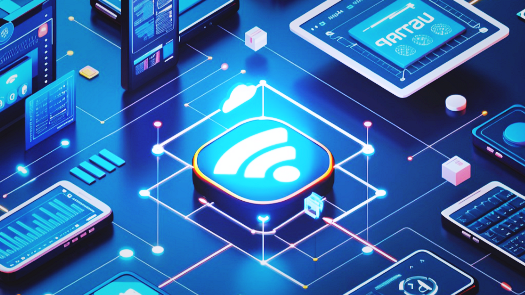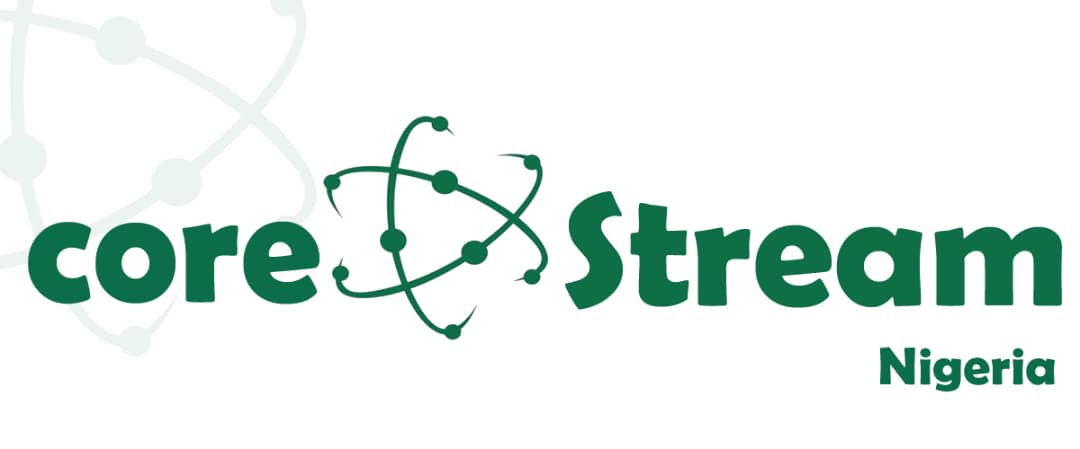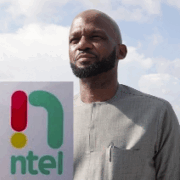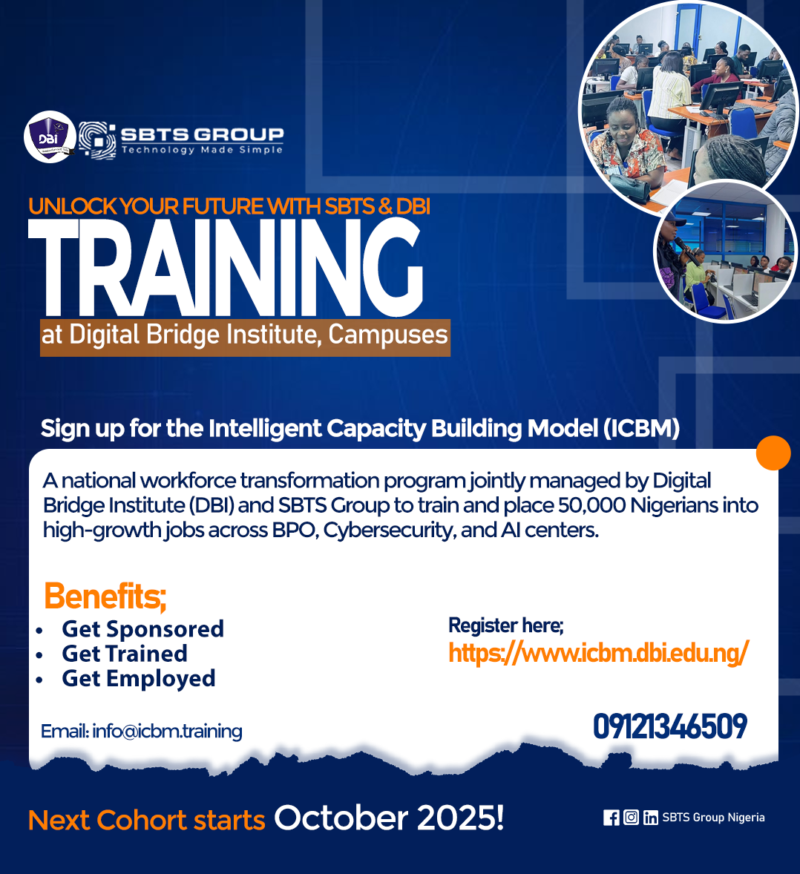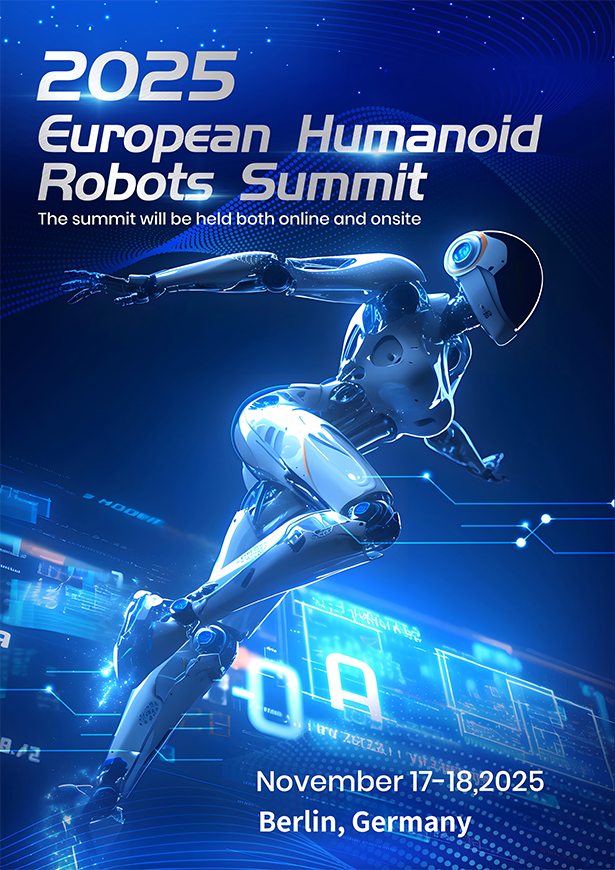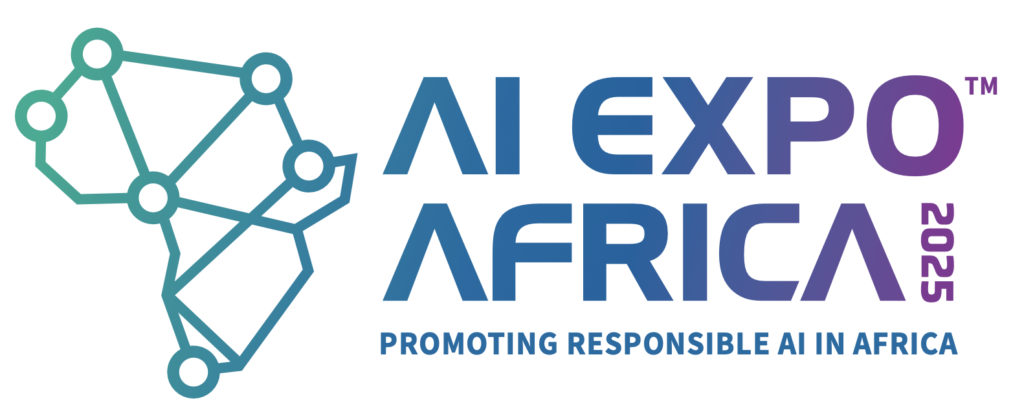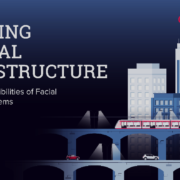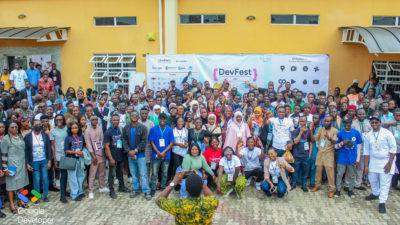By Samar Mittal, Vice President and Head of Cloud and Network Services for MEA at Nokia
The telecommunications industry is undergoing a seismic shift in how networks are managed and optimised. Traditional network operations, once reliant on manual interventions, reactive monitoring, and siloed systems, are rapidly giving way to AI-powered, autonomous networks. Nokia’s recent MEA Automation Study, conducted by Omdia, saw MEA respondents reporting 16% higher levels of network automation than the global average across network domains.
RELATED: The strategic value of cloud in Africa
Furthermore, MEA operators anticipate extending this lead and are projecting network automation maturity levels around 21% higher than their global peers in the next three years. This evolution is driven by the increasing complexity of modern networks, the rising demand for real-time services, and the need for greater operational efficiency. At the centre of this transformation is a move toward intelligent automation—enabling proactive, predictive, and self-healing networks that not only scale with demand but also reduce human error and operational stress.

Samar Mittal
Historically, managing a network meant responding to alarms, manually analysing logs, and relying heavily on engineers’ domain expertise. While effective in simpler environments, this model is no longer sustainable in today’s hyperconnected digital landscape. The sheer volume of data generated by networks—combined with the diversity of services, devices, and use cases—requires a more agile, intelligent approach. This is where AI, machine learning, and cloud-based orchestration enter the equation.
As Nokia, we are addressing this complexity with an operational framework based on three key functions: sense, think, and act. By “sensing” data from across the network, systems can detect anomalies, usage patterns, and potential faults in real time. AI and ML algorithms then “think,” by analysing this data using extensive knowledge bases—built from both local and global intelligence—to generate actionable insights. Finally, autonomous orchestration tools “act” by applying closed-loop automation to mitigate issues, optimise performance, and deliver quality at scale.
This approach doesn’t eliminate the need for human oversight; rather, it elevates human capability. In environments where engineers previously spent hours navigating logs or troubleshooting errors, AI now handles the heavy lifting—freeing professionals to focus on strategy, innovation, and upskilling. The human element becomes more critical as the complexity of AI-driven systems increases, with skilled engineers guiding system learning, validating insights, and continuously tuning performance.
The role of cloud-native technologies in this shift cannot be overstated. Cloud-based orchestration tools allow network functions to scale dynamically, enabling operators to roll out new services faster and more cost-effectively. Nokia’s Cloud and Network Services (CNS) business unit has placed AI and ML at the core of its portfolio, integrating cloud-native software, containerised network functions, and automated operations to reduce time to market and enhance service reliability. CNS also emphasises modularity and flexibility, giving operators the freedom to deploy on any infrastructure—on-premise or hyperscaler—based on their specific needs.
Real-world results underline the value of this transition. In South Africa, Nokia is supporting a major operator’s digital transformation by integrating AI-driven service platforms and API-based tools, achieving operational efficiencies of 30–40%.
In Kenya, energy-efficient AI solutions have reduced power consumption by 5–7%, depending on the network segment. And in threat detection, advanced AI-based cyber solutions can proactively identify vulnerabilities before they escalate—safeguarding customer data and operator reputation in an era of increasing cybersecurity threats.
A cornerstone of Nokia’s strategy is network as code, a concept that abstracts the complexity of telecom networks behind developer-friendly APIs. By doing so, it democratises access to network capabilities, allowing application developers to build and deploy use cases without needing deep telecom expertise.
This is especially relevant for global innovation, enabling developers to create applications that work across multiple networks. With more than 40 CSPs already adopting Nokia’s network as code platform, momentum is building toward a more open, collaborative ecosystem that accelerates innovation and monetisation opportunities.
The business benefits of autonomous networks go beyond operational savings. They also support enhanced customer experience, with AI generating real-time or near-real-time user personas that guide the delivery of tailored services. Traditionally, building such personas required heavy investments in real-time monitoring and data analytics infrastructure. Today, AI-driven models streamline this process, optimising service delivery while lowering CAPEX.
Enterprises, too, are embracing AI-powered networks—albeit in more targeted ways. In industrial or logistics settings, AI enables micro-level optimisation. For instance, Nokia’s orchestration tools have been deployed in the Port of Antwerp delivering a high-definition video stream to remotely-located captains to help them manoeuvre vessels through busy areas, thereby improving ship scheduling, reducing manpower requirements and turnaround times. These use cases highlight how network intelligence can be aligned with operational data to drive industry-specific efficiencies.
The continuous evolution of AI and cloud technologies is reshaping the future of network operations in several ways. First, it reduces operational errors—particularly important in mission-critical environments. Second, it supports greener operations through energy-efficient automation. And third, it enhances resilience by managing the complexity introduced by cloud-native architectures, data centre proliferation, and multi-vendor ecosystems.
Security is another area where AI is proving vital. While the Nokia Threat Intelligence Report highlighted the increased use of Generative AI to enable faster and more sophisticated attacks, communication service providers are also increasingly applying the same technology to combat these attacks. With the rise in network-based threats and increasing regulatory scrutiny, AI-driven threat detection and identity access management tools offer a more robust line of defence. These technologies, fuelled by global threat intelligence and adaptive algorithms, aim to deliver what we describe as a “zero-trust security network”—a model in which every access point, device, and transaction is verified before being trusted.
As hyperscalers and digital-first business models gain ground, the demand for intelligent, secure, and agile network infrastructure will only intensify. AI and cloud orchestration provide the foundation to not only meet these demands but to turn them into strategic advantages—enabling faster service innovation, better customer outcomes, and more sustainable operations.
In the end, the goal is not just automation for its own sake, but transformation that empowers people, enables innovation, and prepares networks for whatever comes next.
Enjoy the rest of your day.

